Blog Post: 3/29/21
By: Beth Meyer, DPT and Eric Holton, DPT
#1 Get your Kicks
Running starts from the ground up, so start with a good pair of running shoes. Questions on what you need? Fleet Feet is the place to go. At Fleet Feet they can help you find a pair of shoes that fit your training needs and provide your feet with the best support.
Depending on the mileage you put on your shoes, it may be necessary to replace your shoes every 6 months.
If you purchase a great pair of shoes, and still experience foot, ankle, or knee pain, the issue may not be your shoes, the issue might be a musculoskeletal problem. Request a free exam with a qualified physical therapist to address those issues.
#2 Establish a Running Goal
Remember, we want our goals to be SMART goals- goals that are specific, measurable, attainable, relevant, and time-bound.
What is attainable will vary from person to person. A SMART goal might be, “I want to be able to run a mile without stopping by the end of the year,” or something like, “I want to run a 5K in under 32 minutes by July 1.”
We want the goal to be challenging but achievable.
Know yourself, and try to make exercise something you can enjoy. Consistency beats intensity every time. Sometimes the hardest part is getting started, so consider running with your friend, listening to that killer playlist as you run, or enjoying the scenery in a beautiful park to motivate yourself.
If you fall off track, don’t beat yourself up. Revisit your goal, revise if needed, and try again. Consider asking a friend to be an accountability partner to check in on you and see how it’s going. Once you’ve hit your goal, write a new one.
#3 Stay Hydrated
Drink plenty of water with ample time before your run rather than chugging water immediately before. To give you an idea, Runner’s World advises drinking 16 ounces one to two hours before. Remember alcohol and caffeine are diuretics and will leave you feeling dehydrated.
#4 Perform a Dynamic Warm Up
Dynamic warms are warm up stretches that require movement and are not held in one position for a long period of time. Here are six dynamic warm ups you can try at home:
Leg Swings (Forward)
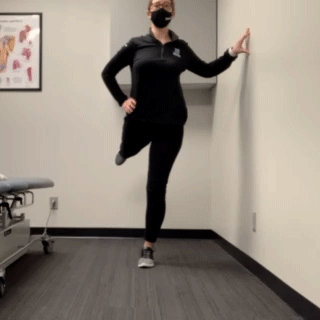
Leg Swings (Side-to-Side)
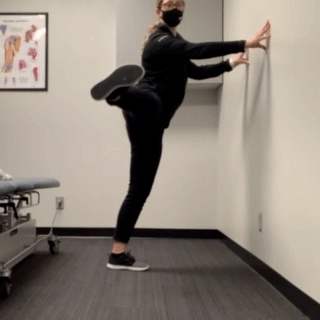
Lateral Lunge
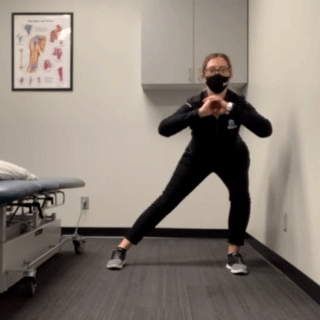
Standing High Knees with Upper Body Twist
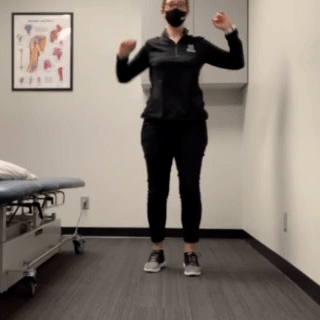
Hamstring Stretches
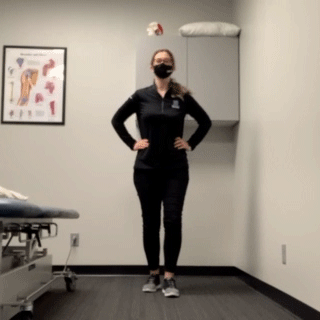
Ankle Rolls
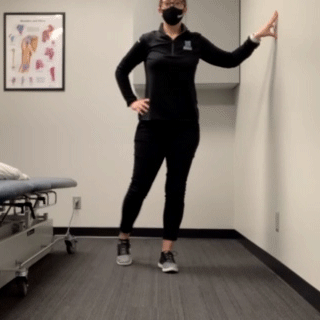
Don’t forget to Wind Down
Rehydrate after a run to replace the water you lost. Perform static stretches where needed and spend 1 minute holding each stretch. Remember, if you’re experiencing ongoing pain, soreness, or limited mobility in your joints and muscles, request a free exam, with a doctor of physical therapy at your nearest 21st Century Rehab location. We are movement experts who can get to the bottom of what’s going on in your body. You don’t need a referral to come see us, and our scheduling is flexible.